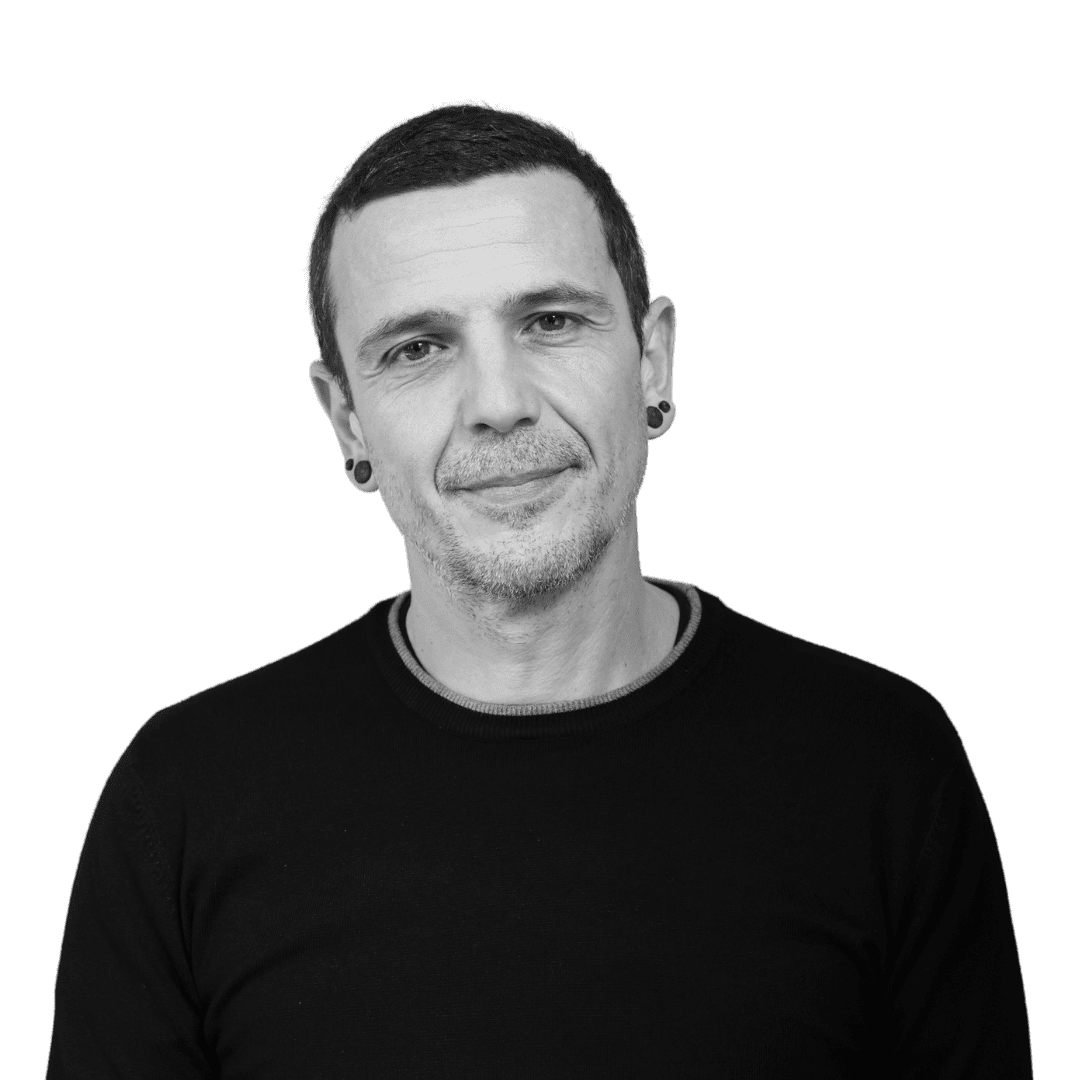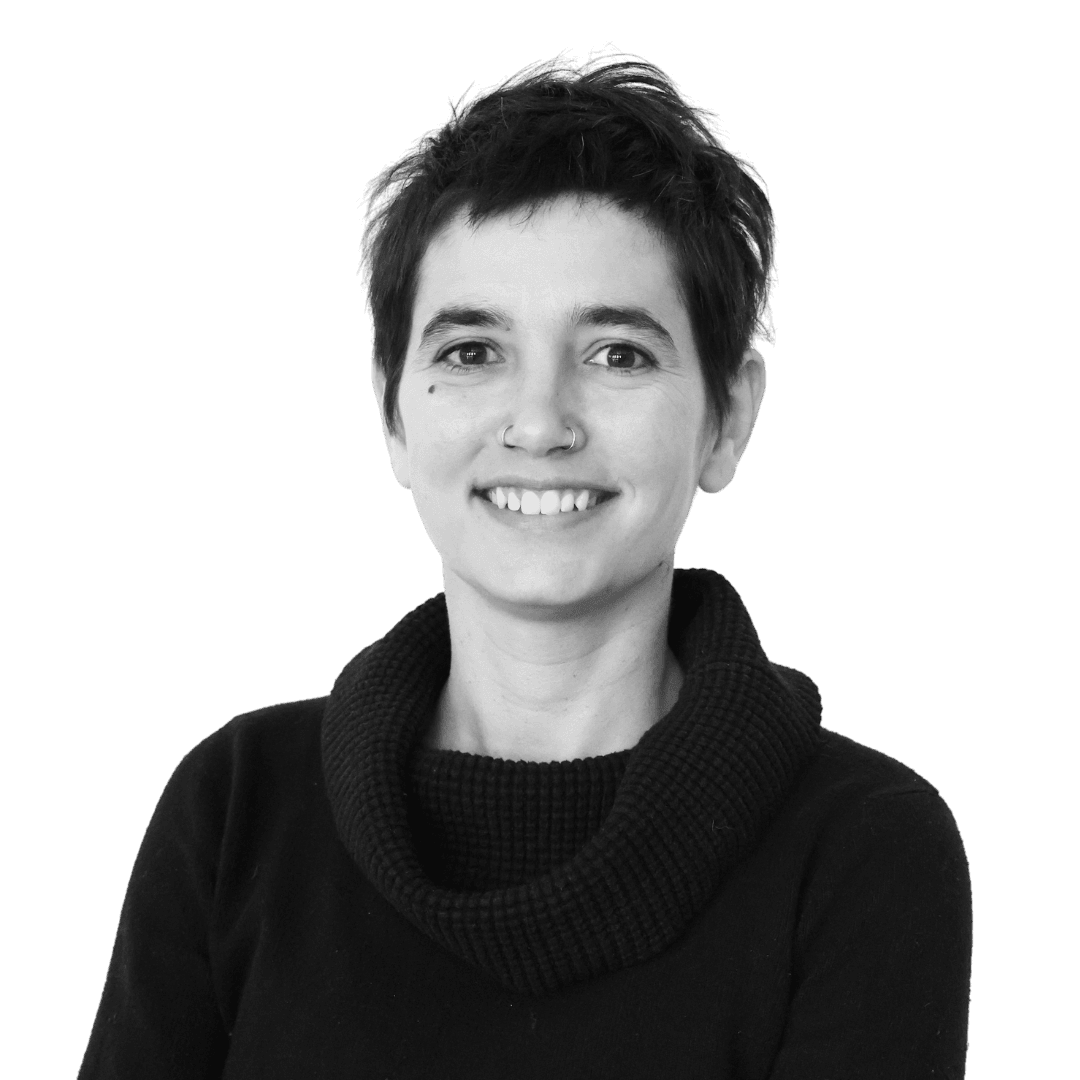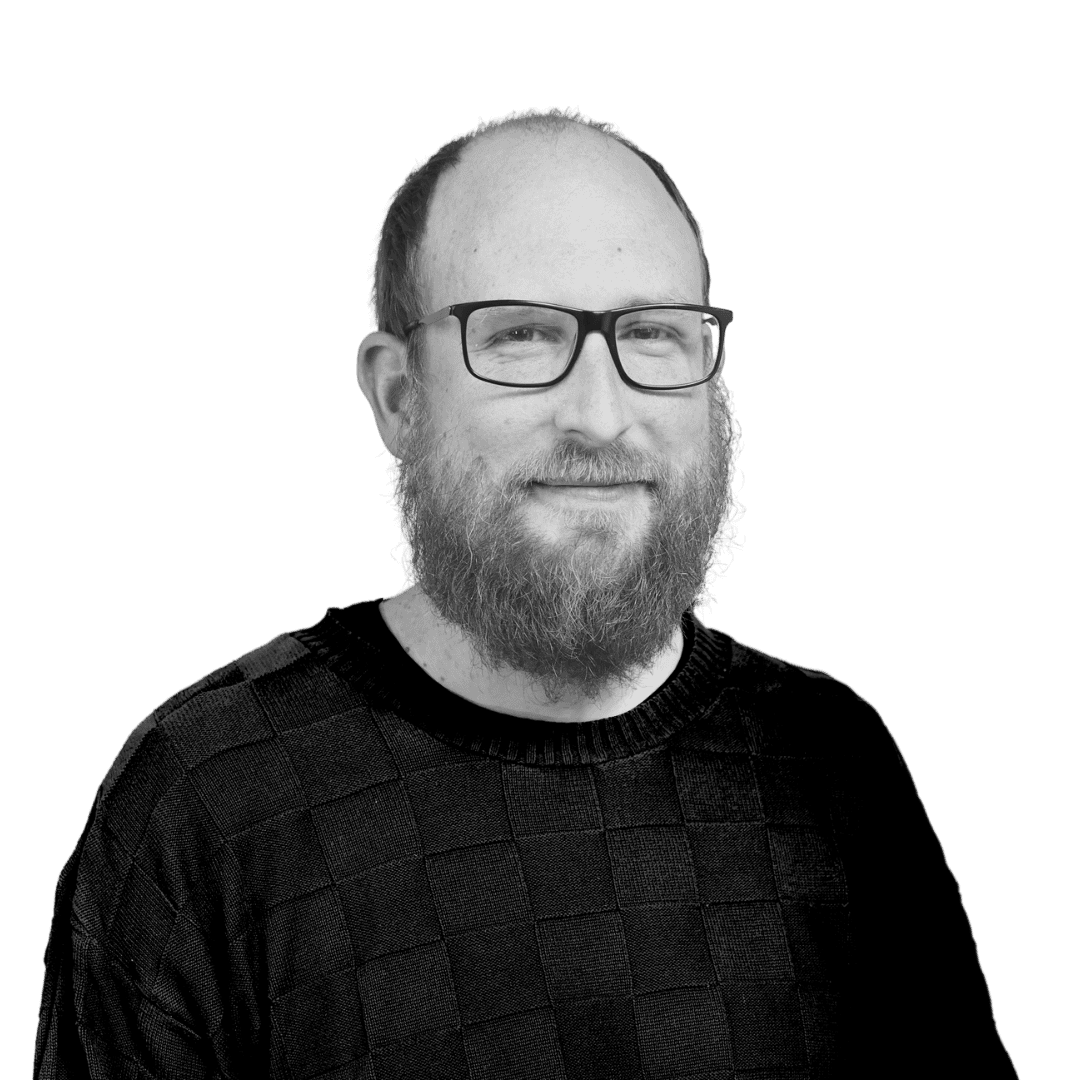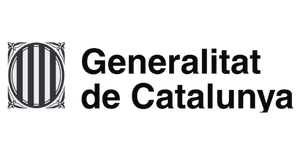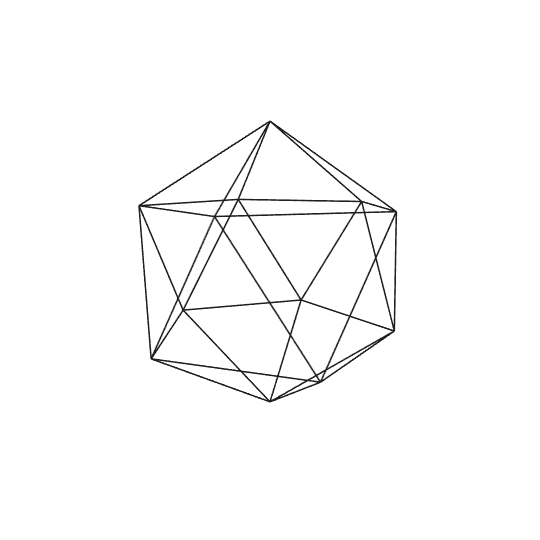Mobility and Urbanism
We facilitate participatory processes, so that communities can design their own mobility and urbanism, depending on the development they want to carry out to achieve their potential.
When we seek an efficient mobility system, how can we ensure that it is also effective in creating more resilient communities?
Mobility and urbanism go beyond the design of spaces and infrastructures when we submit the form to the function; they are the art of articulating life in common. In Resilience.Earth, we believe that urban and rural environments should be understood as interconnected ecosystems, where mobility not only serves to displace people, but to strengthen human relationships and connection with the territory. In this sense, public spaces are places of encounter and interaction that must promote the diversity, regeneration and rooting of communities. We accompany municipalities and communities in participatory processes that not only transform physical space, but also promote a cultural change towards equitable and accessible mobility, in harmony with nature.
One of the major challenges of mobility and current urbanism is to avoid the trap of misunderstood efficiency. Efficiency is often associated with creating faster processes and reducing costs, but this vision can lead to more serious problems in the long term. The desire to optimize mobility can result in an increase in negative externalities, such as pollution and congestion, creating a counterproductive effect as seen in large cities. From Resilience Earth, we argue that efficiency should not be the only objective, but a short-lived by-product of effectiveness. Mobility must be effective not only in terms of reducing displacement time, but in its purpose of building more resilient and cohesive communities. Efficiency forces us to think of the final result: how mobility and urbanism spaces can promote social equity, coexistence and environmental quality.
Our transdisciplinary vision seeks to disassemble the extractivistic paradigms of the past, prioritizing designs that respect the rhythms of local ecosystems and the needs of people. This results in the redesign of urban plans and the co-creation of public spaces that are not only functional, but also significant. The projects we have done in rurlas municipalities not only improve infrastructure, but also transform space into a matrix of cohesion and social regeneration. Thus, mobility becomes an expression of equity, in which each displacement is an opportunity to connect people with their environment and others, creating stronger and more resilient communities.

